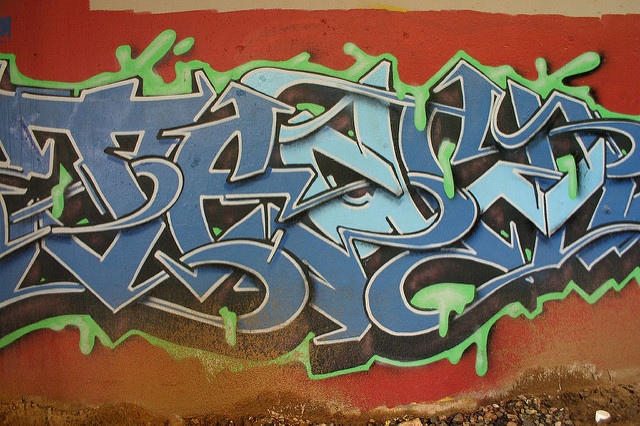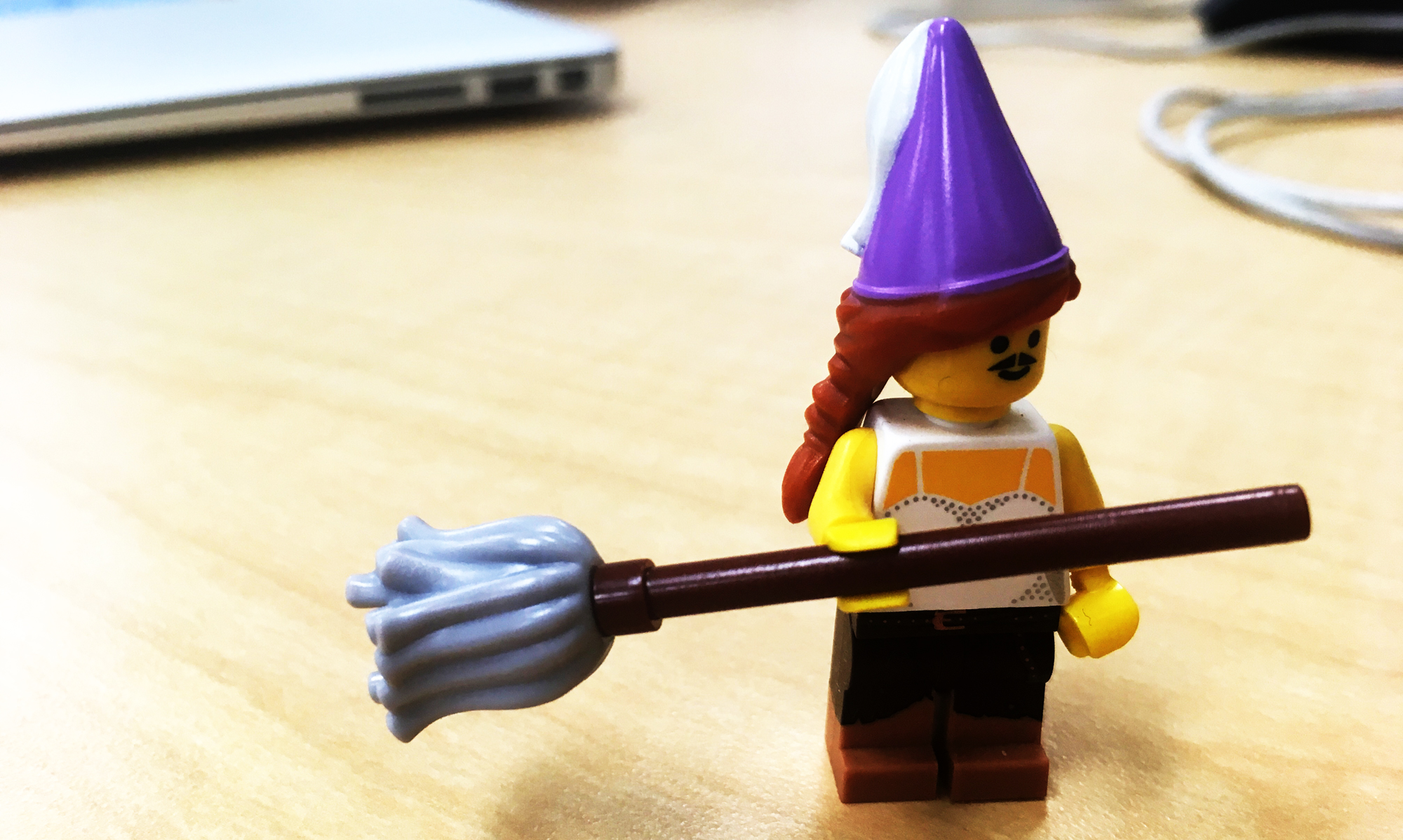This week I’ve been attending the 2017 Digital Pedagogy Lab Institute (DPLI) at the University of Mary Washington. This is a week-long gathering of people interested in exploring the roles and applications of digital technology in teaching. I’m participating in one of the DPLI’s “tracks” on Critical Digital Pedagogy, which focuses on teaching philosophies, learning modalities, and how to effectively design enriching online, hybrid, or otherwise digitally engaged courses. (The Lego figure in the header image for this post is the physical avatar that was built for me by a fellow attendee during the week’s introductory session: I’m a gender-bending medieval princess, complete with hennin and moustache, which is awesome.)
The DPLI is a purposeful time and space for reflection about this kind of teaching, something which college-level instructors often don’t get. (In fact, depending on your field, we may encounter very few spaces dedicated to helping us be more mindful or discerning in our teaching in general, outside of a few hurried, mandatory annual days of “training” as graduate teaching assistants.)
Our team definition of Critical Digital Pedagogy @MindyErchull @yvonneseale @seansmithcsulb #DigPed #dpintro pic.twitter.com/Z5n2zYEzwD
— Cate Denial (@cjdenial) August 7, 2017
But why does a medievalist need to think about these issues? After all, my research and teaching interests plant me squarely in the middle of the thousand years between 500 and 1500, a period of history when wifi access could most charitably be described as “limited”. Why should digital technology have any relevance for the Middle Ages?
It can sometimes be a struggle for me to articulate what role the digital can or should play in the learning experiences I’m helping my students create—particularly when budgets are tight, assessment requirements are rigid, and some technologies that were in use in the Middle Ages, like the humble codex, still haven’t quite been bettered. In the past, I have often defaulted to talking about the bells and whistles of digital pedagogy—talking about how using panoramic images or audio or databases or gifs can create immediacy across geography and time. Having students in western New York play around with 3D models of, say, medieval churches, can give them a sense of space and scale that looking at a picture in a textbook or even reading a list of dimensions cannot.

I’m not saying these aren’t important factors—all of these things can and do help to widen and deepen the scope of students’ understandings of the past. But increasingly I’m starting to think that the most powerful utility of critical digital pedagogy comes into play long before the student steps into the classroom. It comes through developing a sense of intention about the kinds of tools we’re employing to help our students. It comes through thinking purposefully about the ways we can better frame our courses for students: to show, not tell, our approaches and our expectations. It comes through being mindful of the fact that even if my students step into the classroom never having taken a formal class on the Middle Ages before, they’ve got some preconceptions of it that have been shaped by television, movies, and the internet. (And as recent online controversies have shown, around issues like the colour of Classical statues or the presence of non-white peoples in Roman Britain, people’s preconceptions about the deep past can be integral parts of their present identities.)
Moreover, the borders of the digitally-engaged classroom stretch far beyond the four walls of the traditional, physical classroom space, and so encourage us to be more mindful about our students as whole people. For instance, one of the excellent keynote speakers at DPLI this week, Sara Goldrick-Rab, urged us all to pay attention to whether students’ basic needs for food and shelter are being met. Students who are hungry or exhausted, who are overwhelmed by the current political environment or who feel out-of-place in their institution, are unlikely to succeed in the classroom.
One of the things that I’ve been tasked with in our DPLI track is to write a new teaching philosophy statement. I started writing this post thinking that was what I would produce in this space. It’s not: there’s a lot more reflection that I need to do first. I’ve got lots of inchoate thoughts floating around in my mind that I think can only be given real form by making something. So I’m going to turn to the practical. I thought I’d almost finished the syllabus for the interdisciplinary composition course I’ll be teaching this coming semester. Now I realise that my feelings of awkwardness and discomfort with it were signs that I was pushing against my instincts with it. Time to set it to one side, and take a breath, and begin again.
